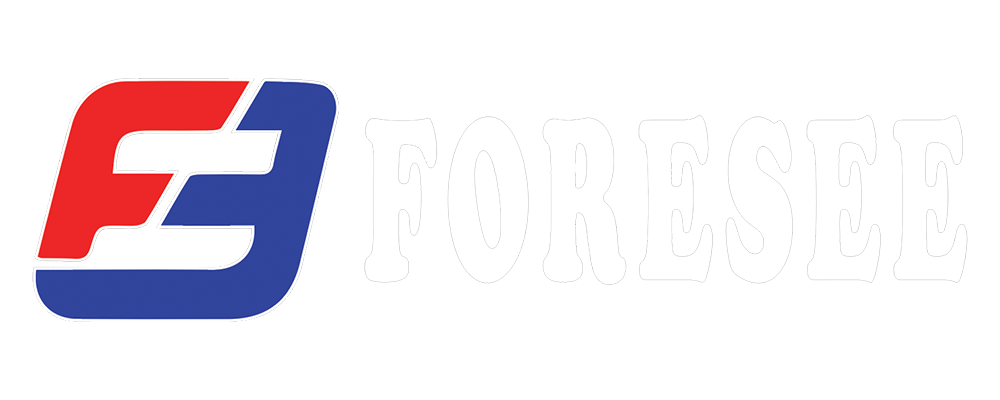Suction hoses play a critical role in transferring fluids, such as water and chemicals, from one location to another. They are commonly used in a variety of applications, including agriculture, construction, and firefighting operations. If you are looking for a suction hose, there are several important aspects you need to consider to ensure that you get the right one for your needs.
-
Material: One of the most important aspects to consider when choosing a suction hose is the material it is made of. The most common materials used in suction hoses are PVC, polyurethane, and rubber. PVC hoses are lightweight and cost-effective, while polyurethane hoses are more durable and abrasion-resistant. Rubber hoses are the most durable and are resistant to chemicals and oil.
-
Diameter: The diameter of the suction hose is another important aspect to consider. The diameter determines the amount of fluid that can flow through the hose at any given time. The larger the diameter, the more fluid the hose can handle. However, larger diameter hoses can also be heavier and more difficult to maneuver.
-
Length: The length of the suction hose is also an important consideration. You need to make sure that the hose is long enough to reach the fluid source and the destination without any kinks or twists. It is also important to consider the weight of the hose, as longer hoses can be heavier and more difficult to handle.
-
Flexibility: The flexibility of the suction hose is another important aspect to consider. A flexible hose is easier to handle and maneuver around obstacles, while a rigid hose is more difficult to work with but can handle higher pressures. Consider the type of application you will be using the hose for and choose a hose with the appropriate level of flexibility.
-
Pressure rating: The pressure rating of the suction hose is another important aspect to consider. You need to choose a hose that can handle the pressure of the fluid you will be transferring. Be sure to check the maximum pressure rating of the hose before making a purchase.
-
Temperature range: The temperature range of the suction hose is another important aspect to consider. You need to choose a hose that can handle the temperature of the fluid you will be transferring. Be sure to check the temperature range of the hose before making a purchase.
In conclusion, choosing the right suction hose requires careful consideration of several important aspects, including the material, diameter, length, flexibility, pressure rating, and temperature range. By taking these factors into account, you can ensure that you get a suction hose that is reliable, durable, and capable of handling the specific needs of your application.

Recent post